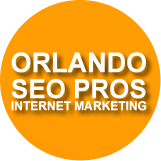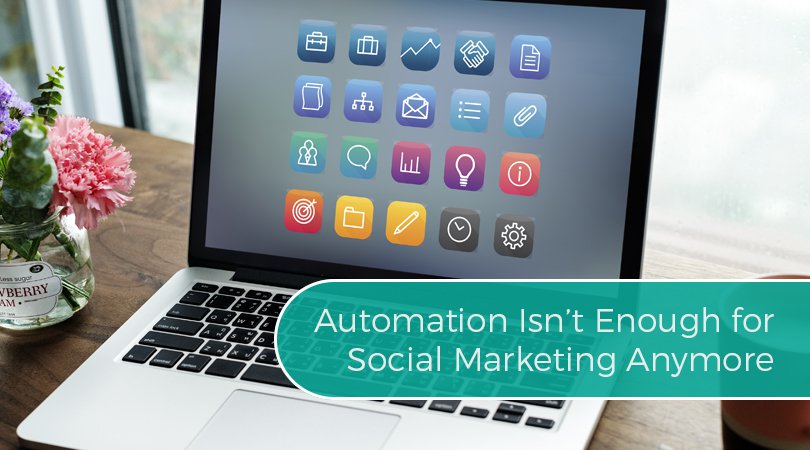It’s amazing how much has changed in the last twelve months with social media and at the same time how much is still the same. Soccer and politics still fill my newsfeed these days. It’s hard to hop on Facebook to promote the latest blog article and avoid the distraction of the latest video and photos of my adorable nieces. Because I know I’m likely to spend a few extra minutes clicking away, I will often delay posting promotional content until I have a larger window of time in my schedule. Of course, there are days I’m so busy I completely forget about the task and miss promoting a post for a day or two.
A few years ago, the obvious solution to this quandry was automation. By linking my website to social media and opting for blog posts to automatically post on social I could guarantee my post would go out on Facebook and Twitter the same time they posted on my blog. By also using a program such as Hootsuite or Buffer to schedule additional content I could save myself from the temptation of wasting time on social media and reap all the benefits of marketing promotion.
These days, algorithms have caught up to our shortcut preferences and the social platforms don’t automatically show every piece of published content in someone’s newsfeed. If your business social media accounts aren’t interacting with people who comment on your posts you are losing valuable opportunities to show up in the future newsfeed highlights of your followers.
Here is why Automation Isn’t Enough for Social Marketing
You Need to Engage on Your Social Platforms
The first opportunity you miss out on when you only automate your post is the chance to interact directly with people commenting on your social pages. Take time to tell people you appreciate them, answer their questions, and be social. Greg Swan explains with Facebook there is an additional strategy behind social engagement.
Greg breaks down the four components Facebook uses to consider how content will rank in newsfeeds: Inventory, Signals, Predictions, and Score. He points out “As advertisers, the only part of the process that we have control over are the signals of our content. These signals can be divided into two categories: passive and active.”
Passive signals include view time, story type, time posted, and other metrics non-active metrics.
Active signals include likes, shares, comments, and other active events that prompt engagement.
All of the active signals will improve the more you engage with your audience. For more insight, you can read the whole article here.
The important point is that Facebook is tracking how much you engage with your audience. I think it’s fair to say that since they own Instagram this also applies to that social platform as well.
Recommended for You
Webcast, September 17th: 10X Growth & Relationships with Community Building
In fact, MarketingProfs understands the value of engagement so much that in their article Social Media Visibility Has a Price: 7 Things You Must Do they include developing a response strategy as one of the 7 key actions.
Automation is Preplanned
There are a lot of great things that you can incorporate into your marketing strategy when you use a scheduling tool for social media posts, however, if you schedule everything you may miss out on an opportunity to join a conversation and include a blog article you wrote that answers someone’s question.
While using a social listening tool such as BuzzSumo this question may come up as a trending topic, it’s possible that if I’m relying on posting these links a week or two later the opportunity for optimal impact will have passed.
Automation Rules are Constantly Changing
Limits on characters, the inclusion of hashtags, and the size of your images are just a few of the details that social platforms continue to change. Depending on your blog template you may find that one day your images no longer show up when you schedule your blogs to post automatically.
Additionally, there are some spaces on social such as Facebook groups or personal pages where using a third-party scheduler isn’t an option for automating social posts. You can still schedule posts within the platform itself; however, this defeats the purpose of using automation software in many cases.
Implementing Social Media Marketing Best Practices
Automation is still a useful tool for your big-picture social media scheduling plan. However, as I’ve already mentioned it is essential to block out space in your day to spend time on social media connecting with your followers. Retweet their content, answer questions, like comments, and share helpful information. Start with a few minutes in the morning and a few minutes later in the afternoon and track your analytics. You will see a direct impact from your effort.
Other Social Media Best Practices Include:
- Taking time to follow people in your industry and follow back your top fans
- Trying new features such as videos
- Taking time to optimize images
- Researching your industry keywords to find relevant content your followers will find helpful
- Developing posts that will start conversations rather than incite arguments
If you’re frustrated with the new social media algorithms I encourage you to remember that the original purpose of these platforms is for people to connect with friends and be social. While it’s great that businesses have found opportunities to engage on social, it’s reasonable to expect that a certain level of socializing should occur in order for your posts to carry equal value as posts from friends.
If you take time to engage with your followers, I expect that over time your social analytics will increase as will your social followers. People don’t want you to ignore them, it’s as simple as that. If you need help planning a social media strategy check out our Content Calendar Template. We’ve included a section to track how many times you schedule a post on social.

